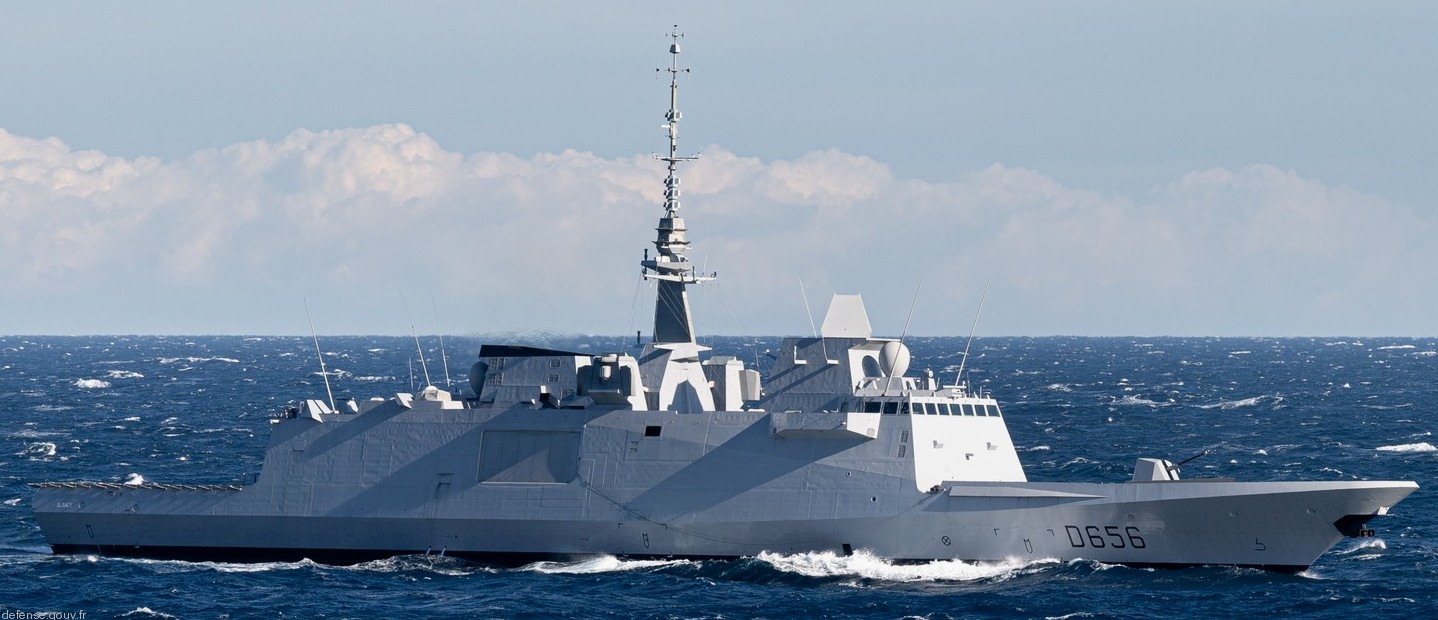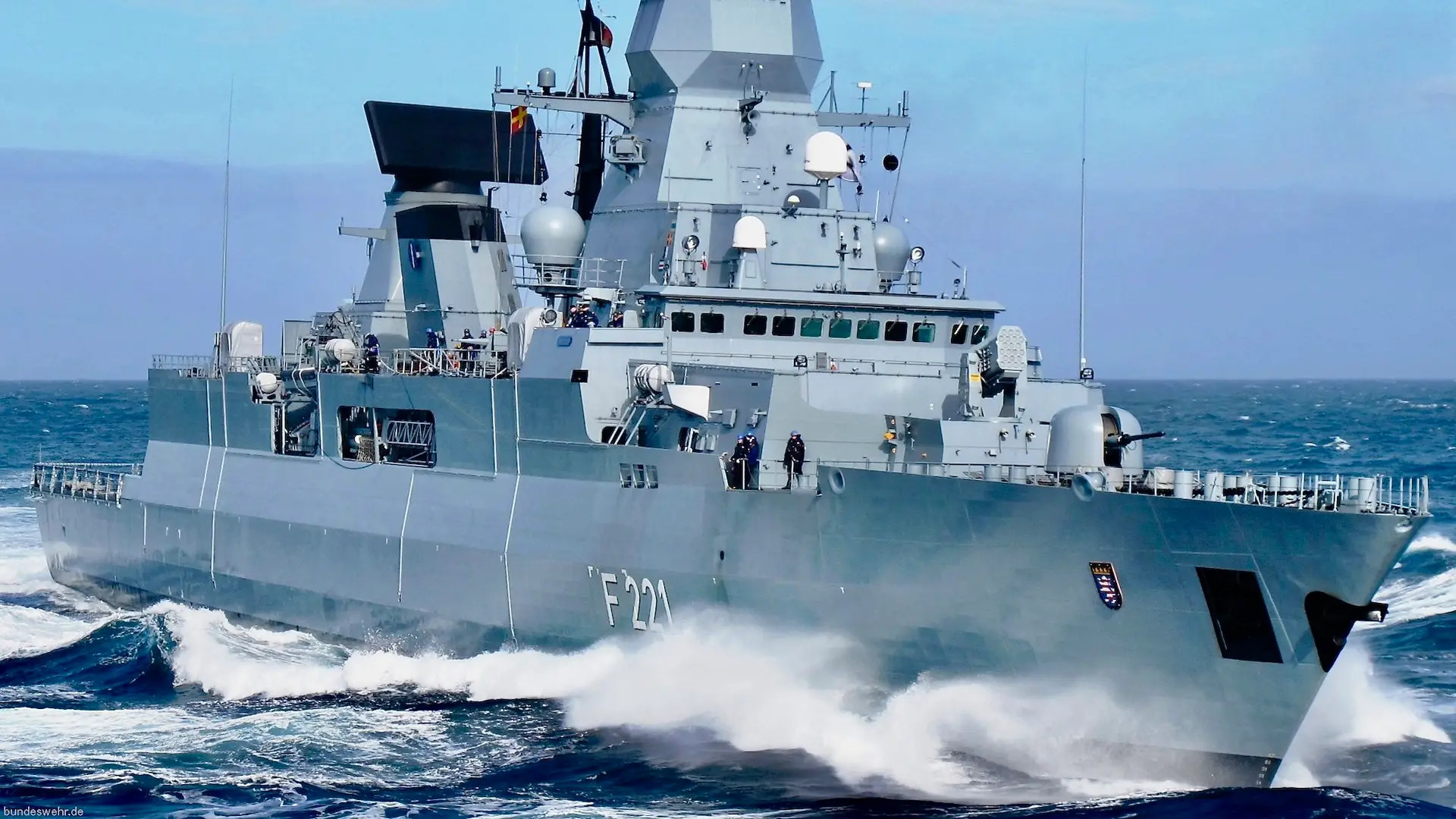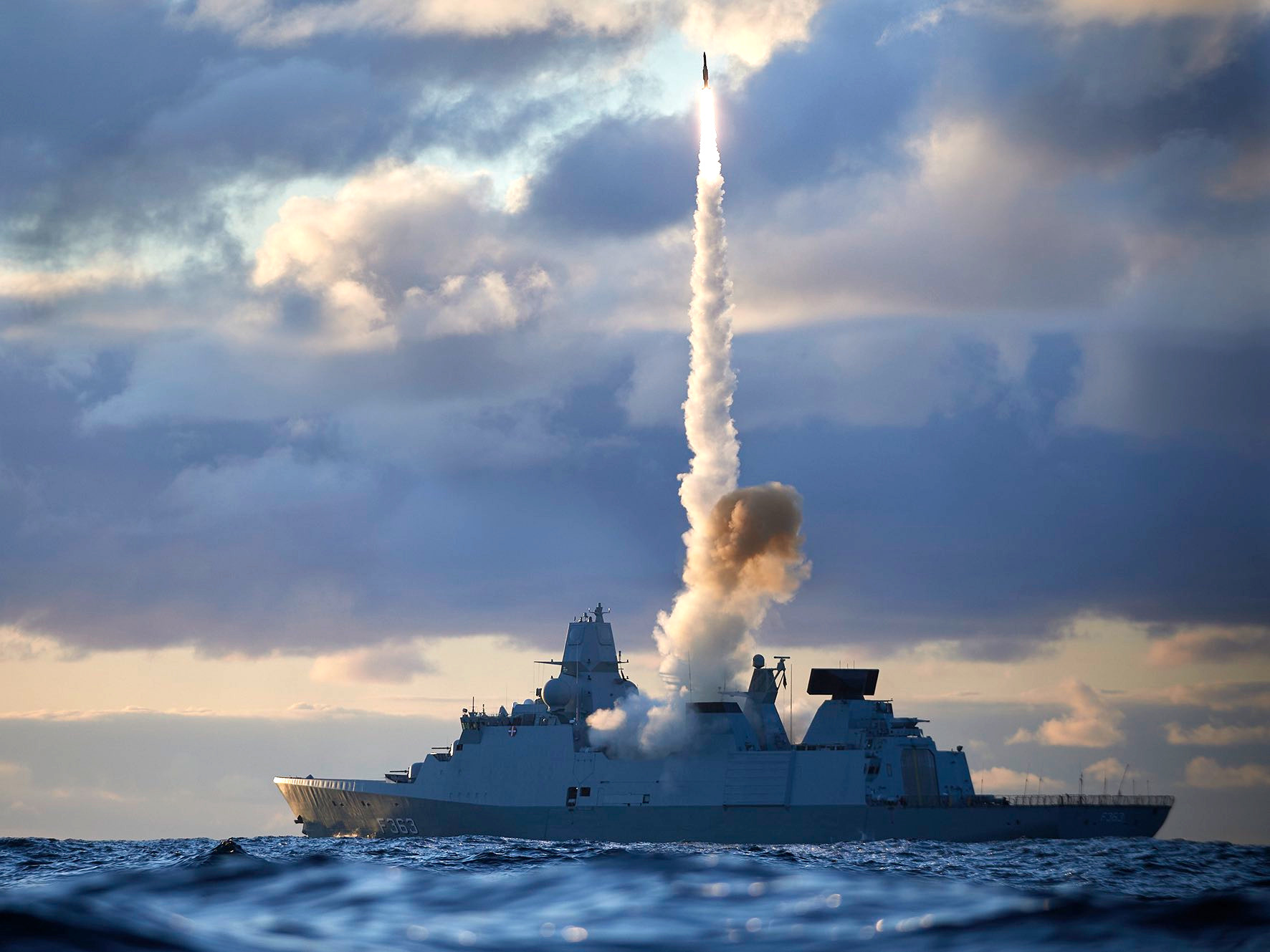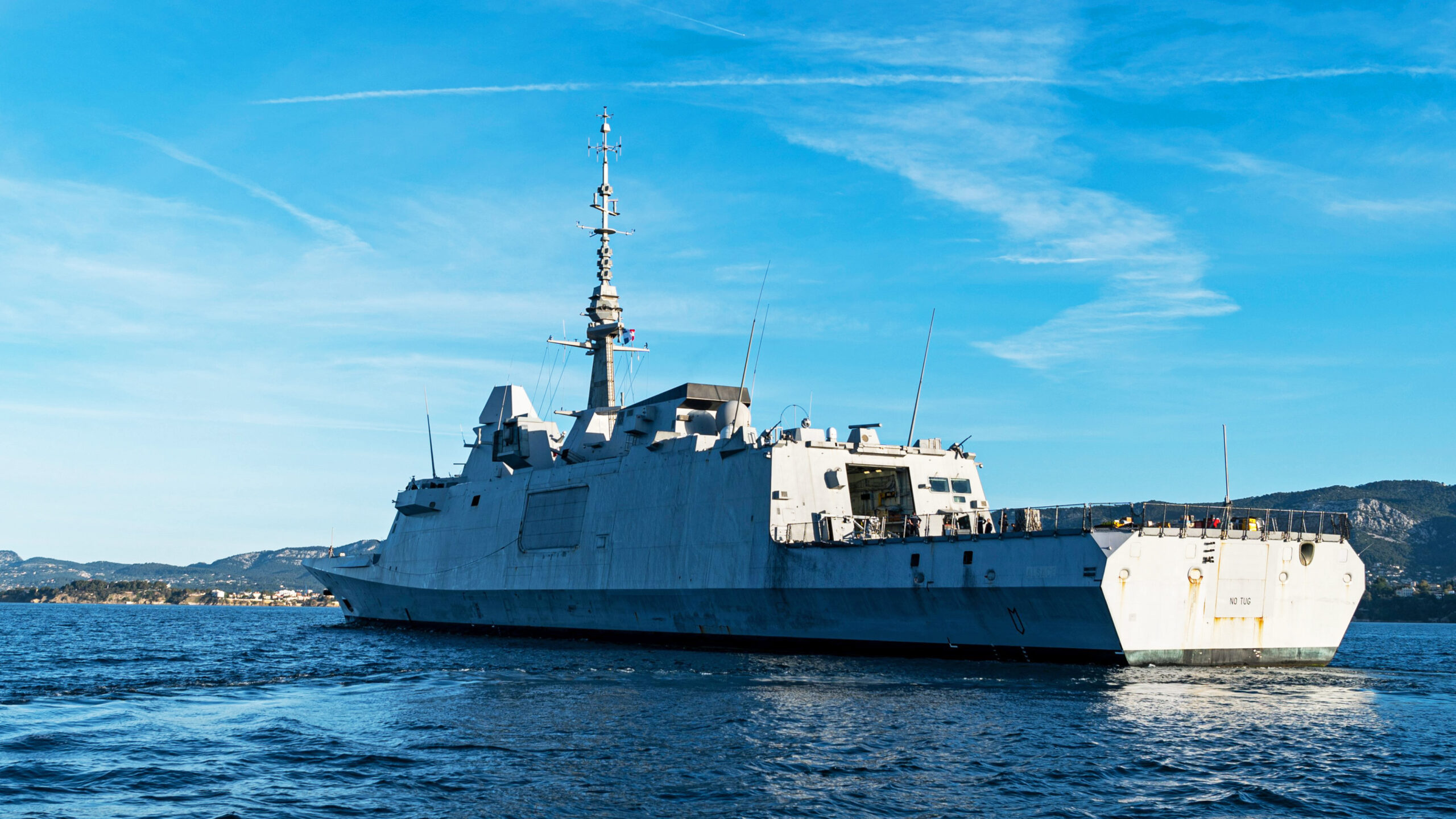The French Navy frigate Alsace has returned from its operational deployment to the Red Sea, with its commander describing what he says is an unprecedented degree of threats against shipping from Houthi drone and missile attacks. The words of Captain Jérôme Henry highlight the challenge being faced in the Red Sea since October of last year and also raise questions about the wider readiness of European navies involved in protecting commercial shipping in the region.
The French Navy announced that the Aquitaine class warship Alsace returned to port in Toulon last week, after a 71-day mission in the Red Sea and Gulf of Aden under the European Union’s naval task force Operation Aspides.
“The participation of the French Navy in Operation EUNAVFOR Aspides is part of the resolute and continuous action of France in the northern zone of the Indian Ocean,” the service said on X. “From Suez to Hormuz, the crew demonstrated their knowhow in the fight against drones.”
Meanwhile, Captain Henry, commander of the frigate, was interviewed by French newspaper Le Figaro, where he said the Houthis in the Red Sea displayed “uninhibited violence.”

The French Navy has not seen “an engagement with this level of armament” for a very long time, Henry added. “We weren’t necessarily expecting this level of threat. There was a surprisingly high level of uninhibited violence. The Houthis don’t hesitate to use drones that fly low over the water, to detonate them on merchant ships, and to fire ballistic missiles.”
Henry explained that Alsace had to respond to drone attacks on at least half a dozen occasions, as well as three attacks by ballistic missiles, as part of its mission to protect commercial vessels and the naval task force.

The French commander noted that the scale of the threat had increased since the Alsace deployment began, starting primarily with one-way attack drones before adding ballistic missiles, which are now used “very regularly.” As well as traditional ballistic missiles, the Houthis have also been using anti-ship ballistic missiles, a related class of weapon that had not been used in combat until the current campaign.
To deal with the threats, the crew of the Alsace called upon “all of the [air defense] combat equipment on board.” This includes Aster surface-to-air missiles, the 76mm Super Rapid deck gun — already established as well-capable of downing Houthi drones — and 12.7mm heavy machine guns.
The Aster missile has made its combat debut in the Red Sea, in both French and British and hands, and the Aster 30 version was used by the Alsace to engage ballistic missile threats.
Talking about the Aster, Henry explained “In the Red Sea, it was pushed to its limits, against targets that we didn’t necessarily imagine at the outset. We proved that it was just as effective against ballistic missiles.”

Captain Henry also addressed the repeated criticism that is based on the huge discrepancy between the cost of a missile like the Aster 30, which has a price tag of around $2 million, and a Houthi drone that may only cost tens of thousands of dollars. “In this equation, you have to take into account not only the target you’re hitting, but also what you’re protecting. The cost of a merchant ship or a frigate is much higher than that of an Aster missile,” Henry said.
Other weapons confirmed used include the 7.62mm machine guns that arm the helicopter embarked aboard the frigate. The French Ministry of Defense had already released video showing the engagement of a Houthi drone using this weapon, as you can read about here.
As for France’s place within the naval task force, there’s no indication that Alsace has been withdrawn early, but it’s also not clear at this point if it will be directly replaced.
The French Navy has been active in the Red Sea since December of last year. For a period, at least, France was part of the international, U.S.-led task force Operation Prosperity Guardian (OPG), launched in December 2023 to combat the Houthi missile and drone threat against commercial shipping.
Subsequently, however, France said it would not operate under U.S. command. As we reported previously, these tensions may have helped spur the creation of the Aspides task force, of which France is a part, alongside Germany, Greece, and Italy. Unlike OPG, Aspides has been set up as a purely defensive task force.

There have been previous concerns about the capability of the Aspides task force to handle the intensity of attacks that the Houthis have shown themselves capable of launching.
In the most notorious incident, it emerged in February that the German Navy’s Sachsen class frigate Hessen mistakenly fired two SM-2 missiles at a U.S. MQ-9 Reaper drone. The Reaper survived the incident only because those missiles failed to function as expected for still unclear reasons, as you can read more about here.

Subsequently, reports emerged about issues aboard the Royal Danish Navy frigate Iver Huitfeldt, which had been supporting OPG in the Red Sea. As you can read about in this previous report, radar and missile systems aboard the warship failed during a Houthi drone attack.
In particular, it was reported that the warship was unable to fire its ESSM air defense missiles for a half-hour period, while “up to half” of the rounds fired from the twin 76mm guns detonated too early and close to the ship.
The incident — and an alleged coverup around it — led to Denmark’s chief of defense, Gen. Flemming Lentfer, being removed from his post, while the Iver Huitfeldt returned home.

These issues raise questions about the readiness of many European navies and armed forces, in general. Certainly, it’s the case that some navies are now operating in a maritime combat environment where they need to be prepared to engage hostile incoming threats on a daily basis. For some, this is a situation that hasn’t been encountered for many decades.
If it wasn’t clear before, the sheer level of threat the Houthis pose to maritime traffic in and around the Red Sea is made abundantly clear by the statements of the captain of the French frigate Alsace.
Contact the author: thomas@thewarzone.com
